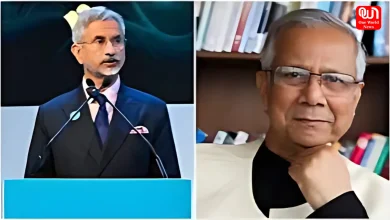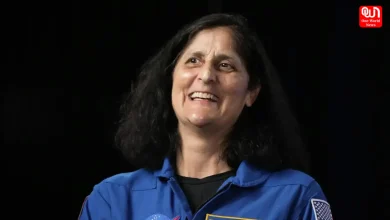Unearthing the Archives, Here are the Best 5 photographs of all time

5 photographs that are world-famous and testimony of times
“To me, photography is an art of observation. It’s about finding something interesting in an ordinary place. I’ve found it has little to do with the things you see and everything to do with the way you see them.” — Elliott Erwitt
A photograph is worth a million words. It is just that the way one sees it. It has elements, so subtle, so minute yet loud that they speak for themselves. Be it a visual, it is self-explanatory. It is just a cause that is required to go beyond seeing it with what is just shown. And one can unearth hundreds of signs and meanings from that photograph. Basically, capturing the moment is the testimony of times, especially when it comes to photojournalism, frames become visual evidence of the past event.
Here are the 5 photographs that are the truest reflection of past events and are visual evidence in all sense –
Nick Ut: The Terror of War – Napalm Girl 1972

Vietnam War has been among the most gruesome war times of history and Nick Ut’s Napalm Girl truly defines why. If we go on to find the story behind it, On June 7th, Ut photographed the refugees and planes dropping bombs. During the fight between the South and North Vietnamese, one of the planes dropped a napalm bomb on North Vietnamese positions. This bomb mistakenly hit the civilians, the villagers ran out and the plane dropped another bomb. That’s when Nick found these children coming towards him and shot it.
Read more: Here is What Women in Photography Have Got to Say
Dorothea Lange: Migrant Mother 1936

Migrant Mother first appeared in the pages of a San Francisco Newspaper in March 1936 as a symbol of poverty, hunger, and hopelessness being faced by Americans during The Great Depression. The photographer describes the situation telling that the mother and her children where surviving on wild birds captured by the children. After this picture being reprinted by other newspapers, the U.S. government announced 20,000 pounds of food to the pea-pickers’ campsite. Though the Migrant mother could not be found after that and it was even printed by newspapers as “the “Migrant Mother” herself appeared to have vanished.”
Robert Capa: The Falling Soldier 1936

To date, it is believed that Robert Capa took this shot without even looking at it through his video finder. It is said that he had held the camera on his head while shooting this image. This photograph is of Spanish War where Capa had captured the falling soldier right before the soldier was falling after the gunshot. The photograph was published in French Magazine Vu and Life and was later accused of being staged by O.D. Gallagher, a South African Journalist, though no had to date proved if it was staged or not.
Margaret Bourke-White’s famous photograph: Gandhi and the Spinning Wheel 1946

When Mahatma Gandhi was held by the British government at Yeravda prison in Pune from 1932 to 1933, the followers of Gandhi started making their own threads on Charkha. The charkha spinning started becoming a movement as Gandhi started urging all countrymen to make self-spun clothes and boycott buying British products. When Bourke thought of photographing Gandhi, she deferred to do it without learning the art of pinning the charkha. This photograph, where Gandhi is reading the newspaper with his Charkha in front of him had never appeared in the newspaper it was actually taken for. Later, after Gandhi’s assassination, it was recognized as a tribute to Gandhi.
James Nachtwey : Famine in Somalia 1992

In 1992, James Nachtwey should not have been assigned to record the spiraling famine in Somalia. Mogadishu was embroiled in armed conflict as food prices increased and foreign assistance struggled to keep pace. But few in the West took a lot of interest, so the American photographer went on his own to Somalia, where he earned the assistance of the International Committee of the Red Cross. This picture was featured in the New York Times and all it shows is the pain of the famine and the difficulties of people who were surviving it.
Well, these are the handpicked photographs that are extensively seen as a reflection of modern historical events, and an attempt of shooting it is extremely great in itself.
Have a news story, an interesting write-up or simply a suggestion? Write to us at info@oneworldnews.com







